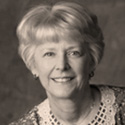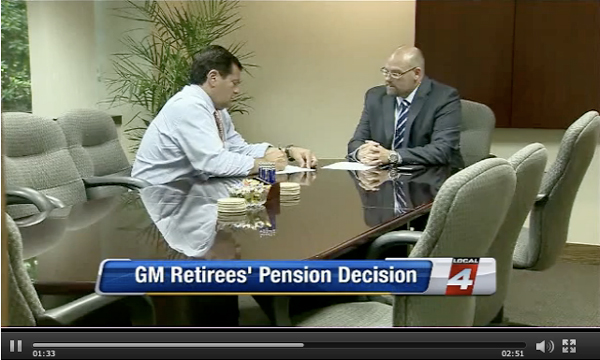
 Women today have never been in a better position to achieve financial stability for themselves and their families. More women than ever are successful professionals, business owners, entrepreneurs and knowledgeable investors. Growing economic clout and greater financial responsibility highlight the importance of making smart financial decisions along the way.
Women today have never been in a better position to achieve financial stability for themselves and their families. More women than ever are successful professionals, business owners, entrepreneurs and knowledgeable investors. Growing economic clout and greater financial responsibility highlight the importance of making smart financial decisions along the way.
And here is the but . . . . they still have a long way to go before closing the male/female retirement savings gap. In the financial world, women often find themselves in very different circumstances than their male counterparts. A recent research report from the Insured Retirement Institute says that income disparities over the past 30 years have translated into a 25% to 30% retirement savings shortfall for women baby boomers when compared to men with similar savings and investing patterns.
Income disparities are not solely to blame according to the IRI study. Besides earning less, women have longer life expectancies than men creating the need to stretch retirement income for a longer period of time. Another prevailing headwind when it comes to retirement planning is that traditionally women have been more likely to take career breaks for caregiving of family members. Career breaks can lead to fewer promotions, less savings, potentially lower Social Security income and reduced employer provided retirement benefits.
The solution? It is critical that women know how to save, invest, and plan for the future. Here are foundational first steps to help you catch a tailwind and close the retirement savings gap:
1. Chart your financial course every step of the way
Create a budget, manage debt and credit wisely, set priorities
2. Learn basic investing concepts
Asset classes, risk tolerance, time horizon, inflation
3. Understand the role of retirement savings opportunities
401 (k)s, IRAs, and 403 (b)s
4. Before retiring research your Social Security benefit amount
Analyze the options because age, work history, and income earned affect the amount
5. Seek professional help when needed
Increase awareness, implement plans, strategize options
Creating a financial plan and sticking to it isn’t always easy or convenient; however understanding options and implementing a plan helps resolve the tension between what is needed and wanted today and what is needed and wanted for the future. Closing the retirement savings gap will no doubt push up against the retirement income glass ceiling.
The information contained in this report does not purport to be a complete description of the securities, markets, or developments referred to in this material. The information has been obtained from sources considered to be reliable, but we do not guarantee that the foregoing material is accurate or complete. Any opinions are those of Laurie Renchik and not necessarily those of RJFS or Raymond James.

 Where will the Center be 8 years from now? Center team members have spent the past few months creating that view of the future, called the “Center Vision 2020.”
Where will the Center be 8 years from now? Center team members have spent the past few months creating that view of the future, called the “Center Vision 2020.”












